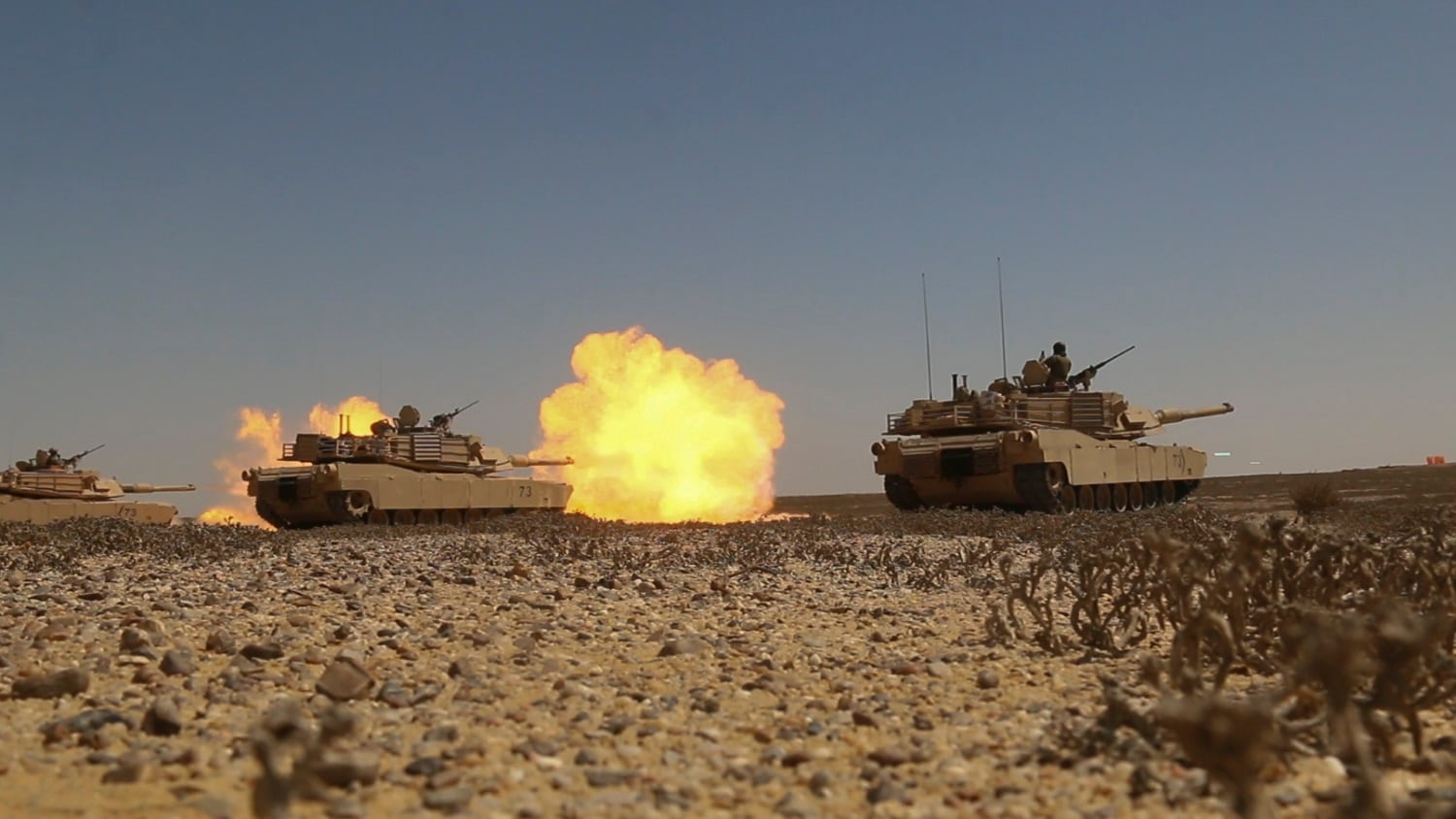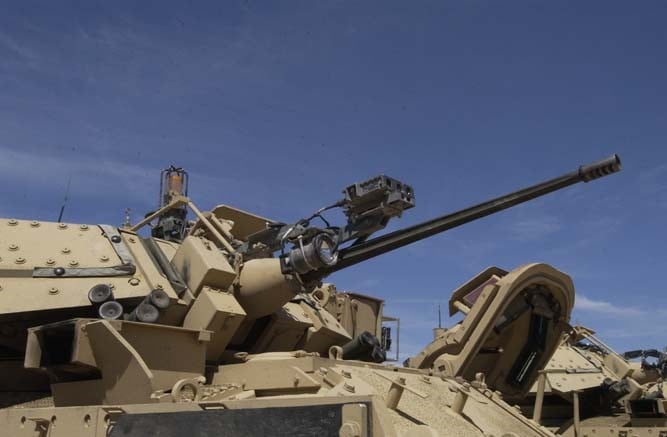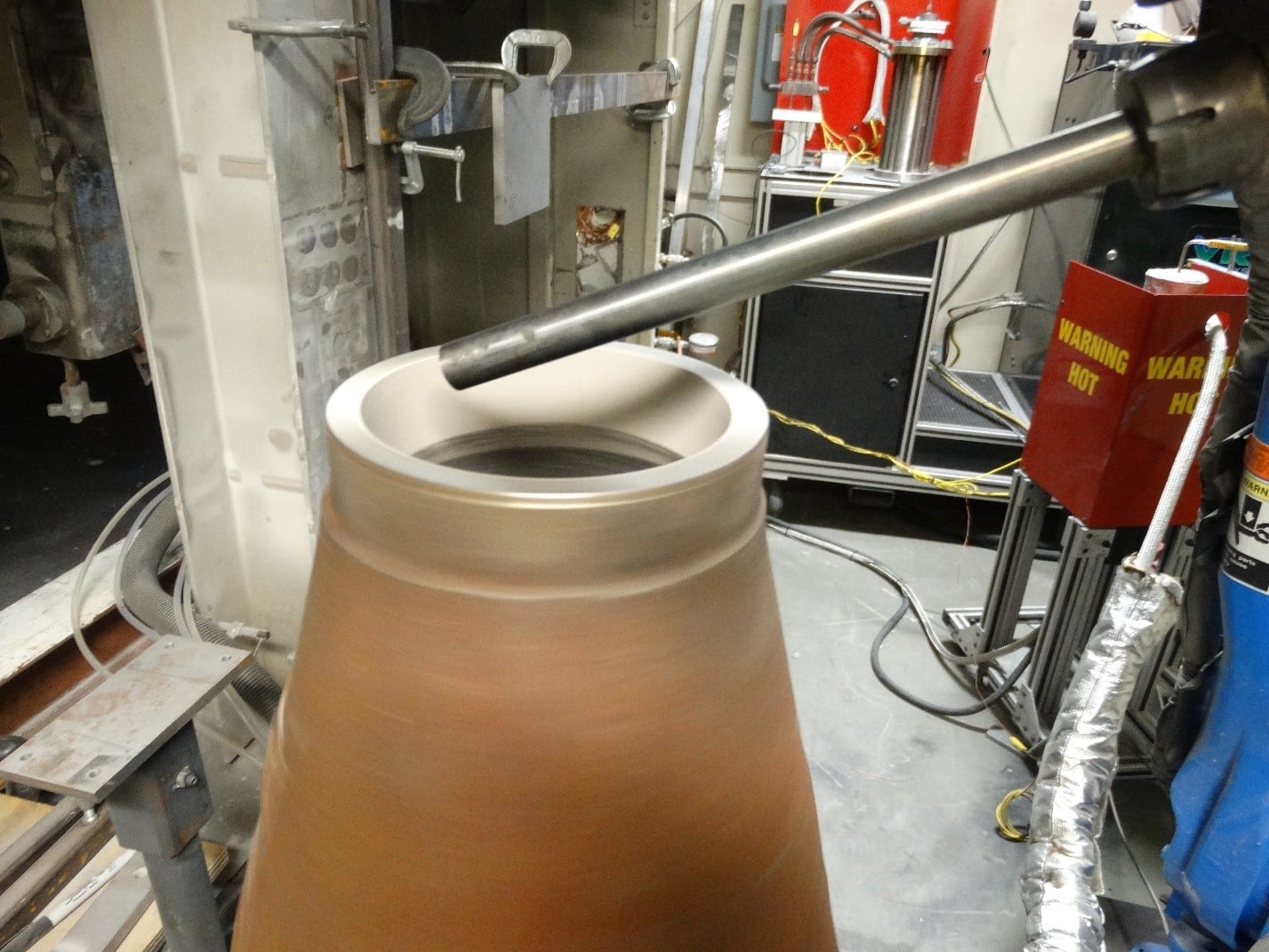Army researchers have developed a way to repair a pesky problem on a key part for mounted patrols — wear and tear on the Bradley Fighting Vehicle turret gun mounts.
The small piece of the larger weapon system that carries grunts into combat isn’t cheap. A new gun mount can run about $25,000, according to an Army release. Repairs also take away manpower and vehicles from both training and the fight when they’re being fixed.
A team of scientists and engineers at the Army’s Combat Capabilities Development Command Army Research Laboratory along with Red River Army Depot and the Bradley Product Manager put together a “cold spray process” that can do the job in less time and at a cost of about $1,000, according to the release.
RELATED

“This project demonstrated the ability to apply new manufacturing technologies to bring components back into service that would otherwise be scrapped during depot maintenance operations,” Gehn Ferguson, CCDC ARL materials engineer, said in the release.
Until the team began working on the problem in 2017, worn gun mounts were mostly just trashed.
“Cold spray is an emerging technology that will enable the Army to reclaim worn components that were previously replaced with new parts. This new technology reduces life-cycle cost and improves systems availability,” Ferguson said in the release.

The process takes micron-sized particles and accelerates them in a high-velocity gas stream, spraying it through a nozzle onto the surface that needs to be fixed.
Those particles bond to the surface, repairing worn layers of the existing mount.
And though researchers started with the Bradley, the same process might be able to make quick repairs to other vehicle mounts such as those on the Abrams tank.
The plans call for repair and overhaul instruction work on tank mounts and four to five tank gun mounts repaired over the next six months, according to the release.
And beyond repairs, researchers see potential for the process to be added to make existing, working parts more durable.
That includes corrosion repair and also coatings for the inside of cannon barrels.

A specific compound called tantalum, for example, can be used to coat the inside and extend the life of that barrel.
“As the command develops new weapon systems, there will be more opportunities to leverage the cold spray process to augment or repair components that may otherwise be labeled unusable,” Ferguson said.
And those fixes help bridge gaps as the Army begins a long-haul modernization process that will see core platforms from the Bradley to the Abrams to the Stryker replaced with newer vehicles.
But as those new vehicles are being developed the larger Army still will operate on often upgraded versions of the ground vehicles that have been in service for three to four decades.
For example, the Next Generation Combat Vehicle will most likely see its first incarnation as a Bradley replacement that will also include “robotic wingman,” or other Bradley-like vehicles in the formation controlled from one central battlefield node.
Army Times reported recently on a robotic breaching exercise held in Yakima, Washington that demonstrated short-range control of a vehicle from an upgraded Bradley. Next year a platoon-sized Bradley formation will conduct a more complex assault, nearly all of it controlled remotely.
The Bradley serves as a kind of stand-in as developers push new concepts and technology to build the NGCV.
Todd South has written about crime, courts, government and the military for multiple publications since 2004 and was named a 2014 Pulitzer finalist for a co-written project on witness intimidation. Todd is a Marine veteran of the Iraq War.




